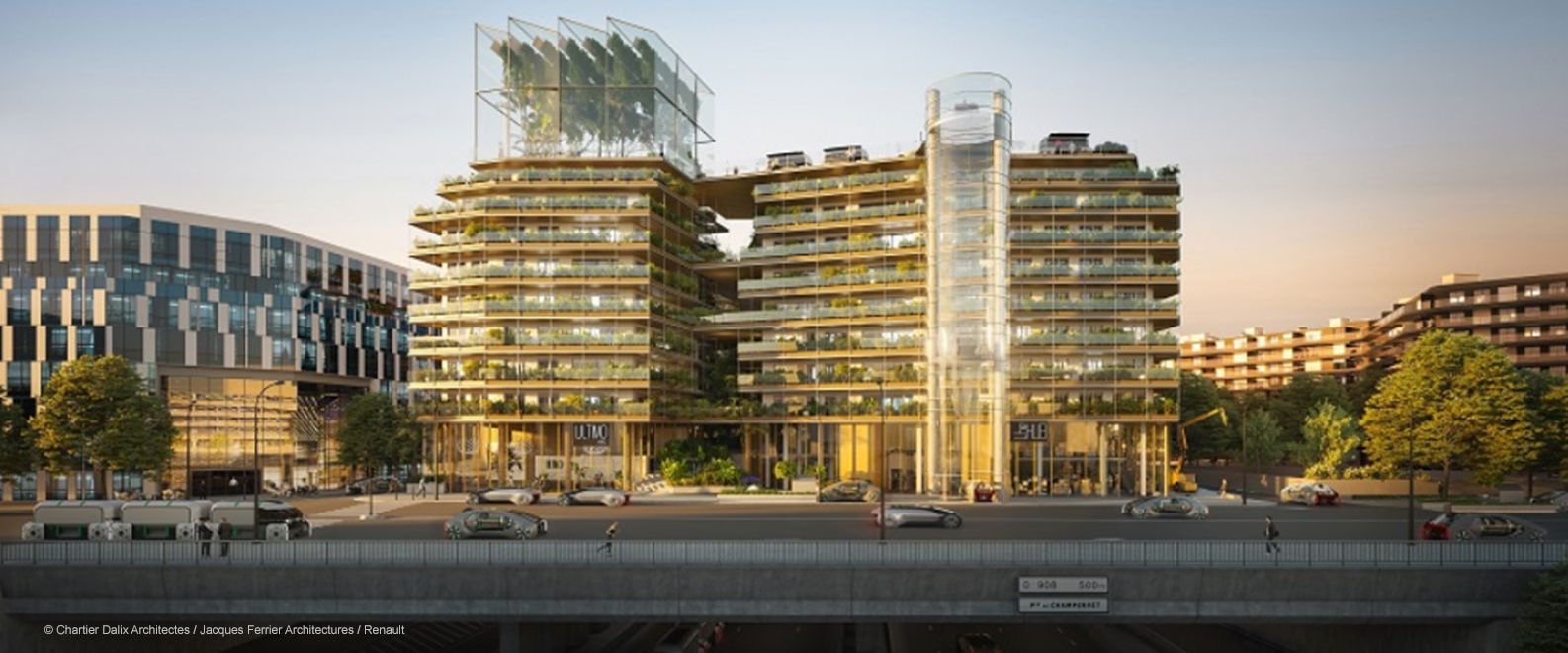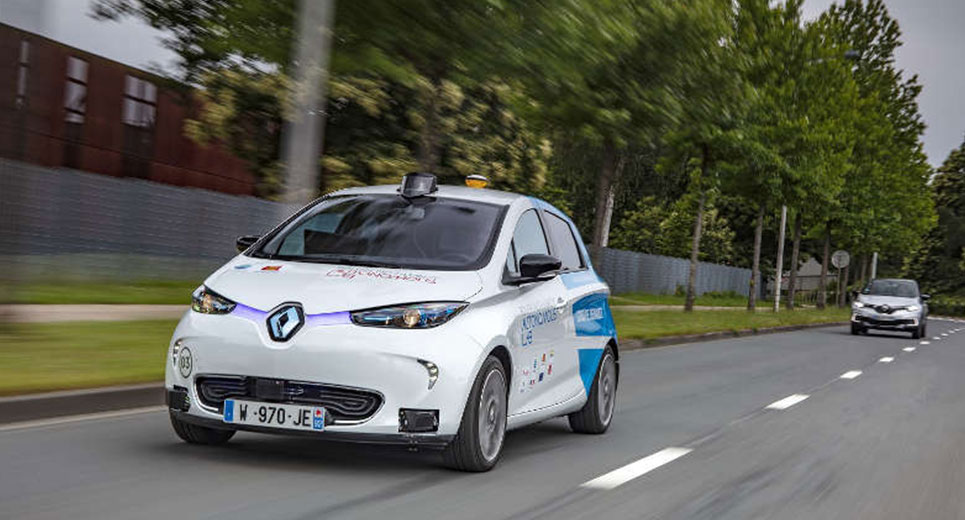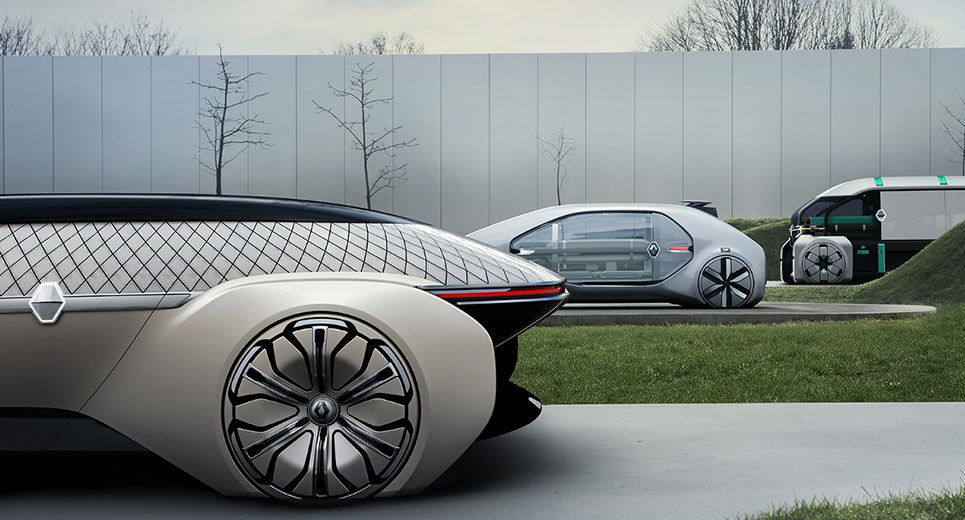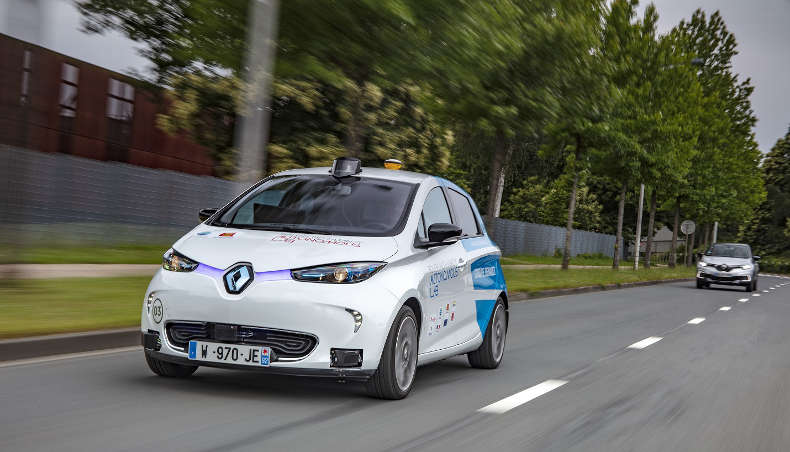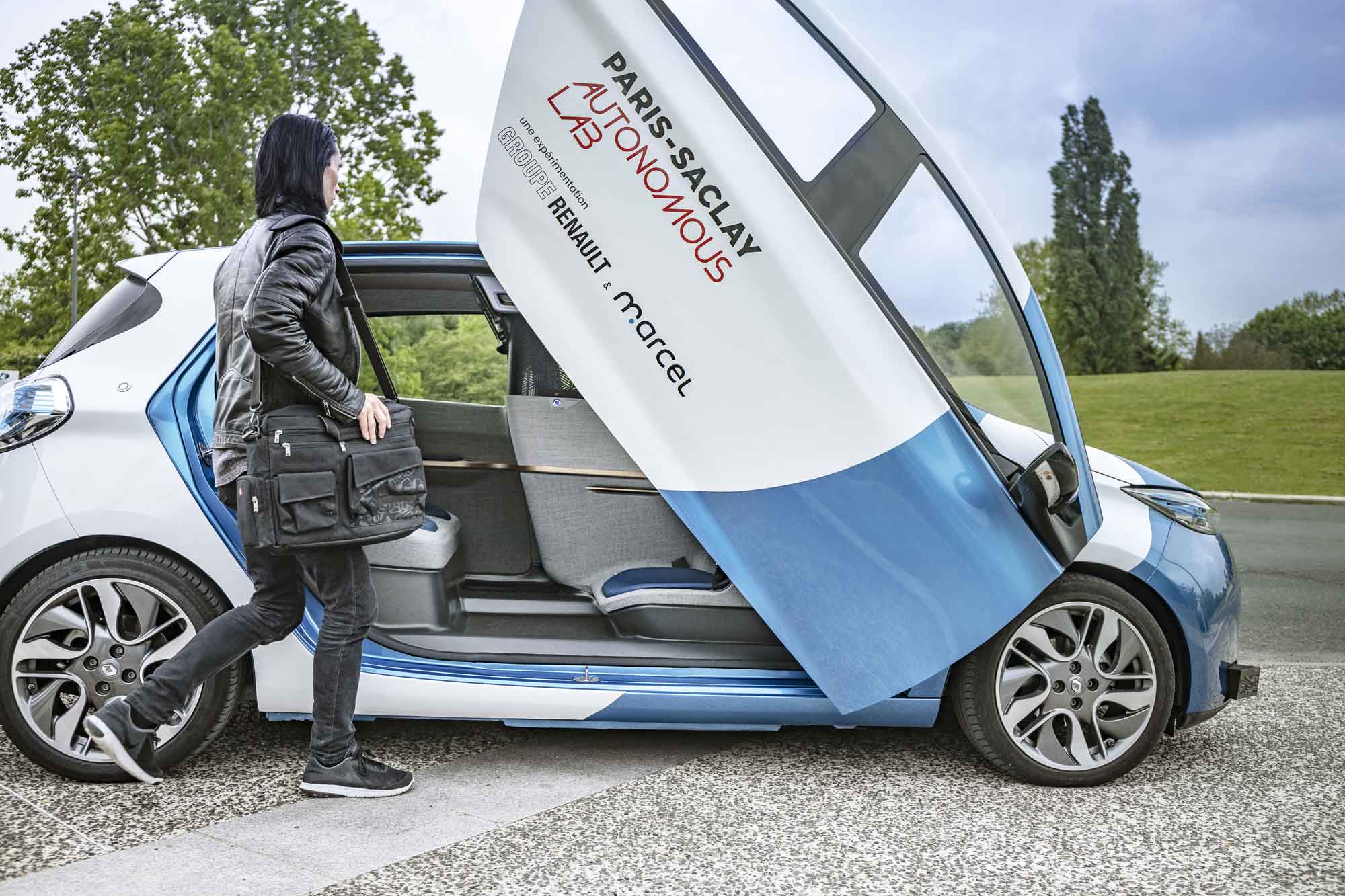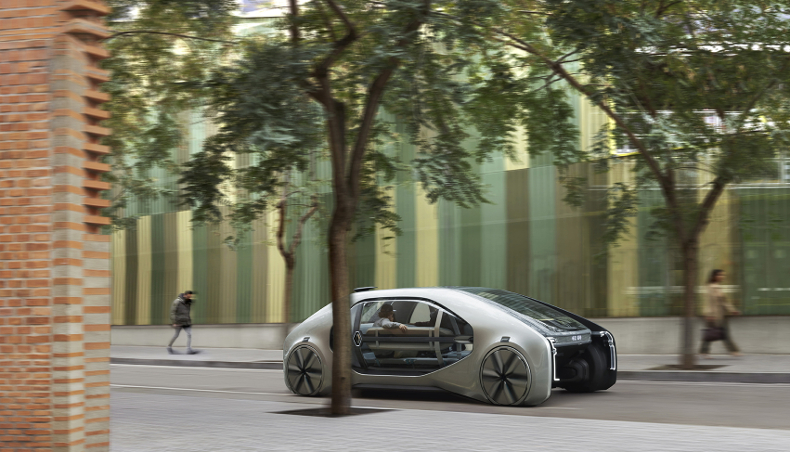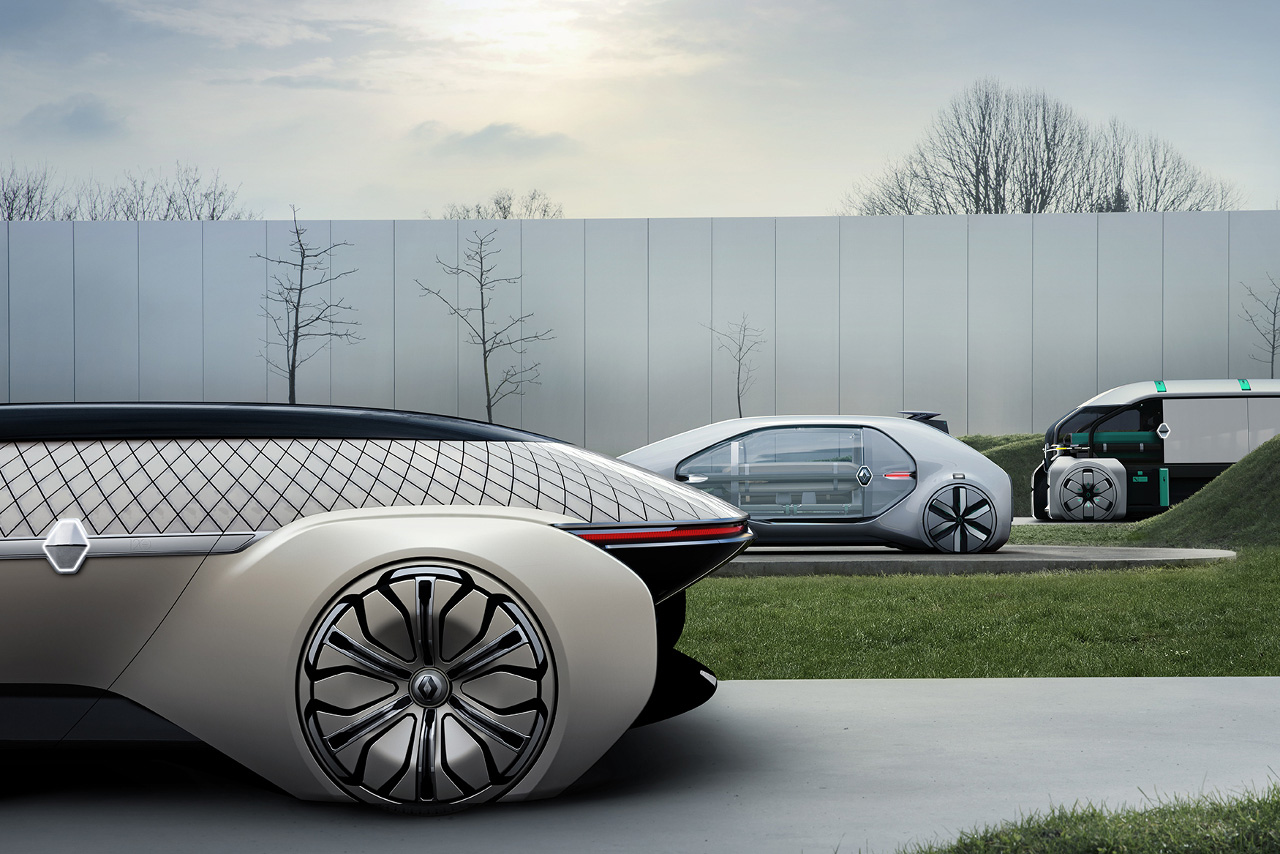

Our vision
In 2050, according to the UN, there will be 9.8 billion people on the planet, almost 70% of whom will live in urban areas. The growing demand for personal urban mobility other than the private car and existing public transport methods requires the development of more effective offers that are clean, sustainable and shared. It is our duty as leader vigorously to promote this change.
Our current offers
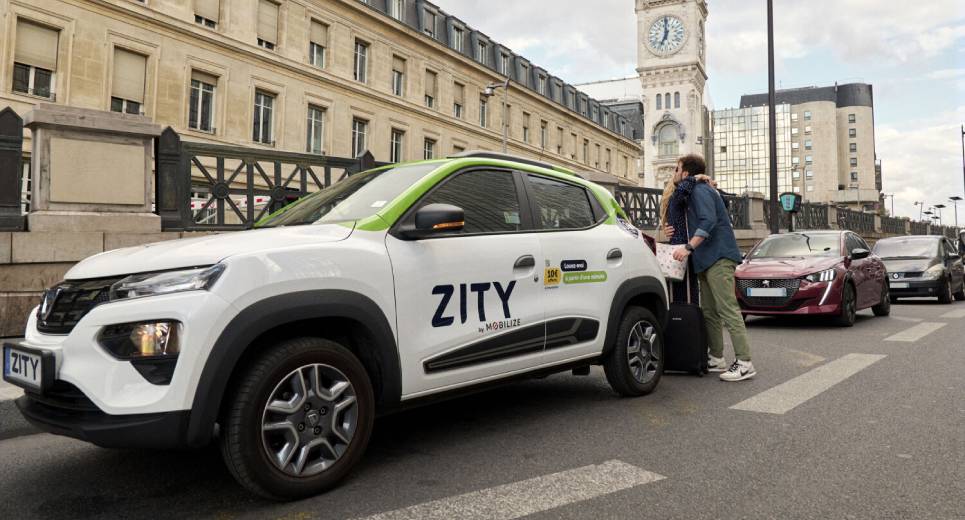
No longer just a vehicle manufacturer, Renault Group is now a sustainable mobility provider that provides a vast range of shared, environmentally responsible solutions.
- Car-sharing
- Short-term rental
- Car-pooling
Our experiments
Our concept and demo-cars
Go further
Smart cities
From Barcelona to Singapore, from Stockholm to Paris, from London to New York, town planners are striving to find solutions to the problems that are increasingly affecting the quality of urban life. In many cases, these solutions rely on new technologies, leading to the creation of what are known as “smart cities”.
Startups Ecosystem
The growing urbanisation of regions raises a number of challenges for towns and citizens, in particular, the efficiency of their transport networks. In response, Renault Group, NUMA and their partners launched CityMakers in April 2017.
